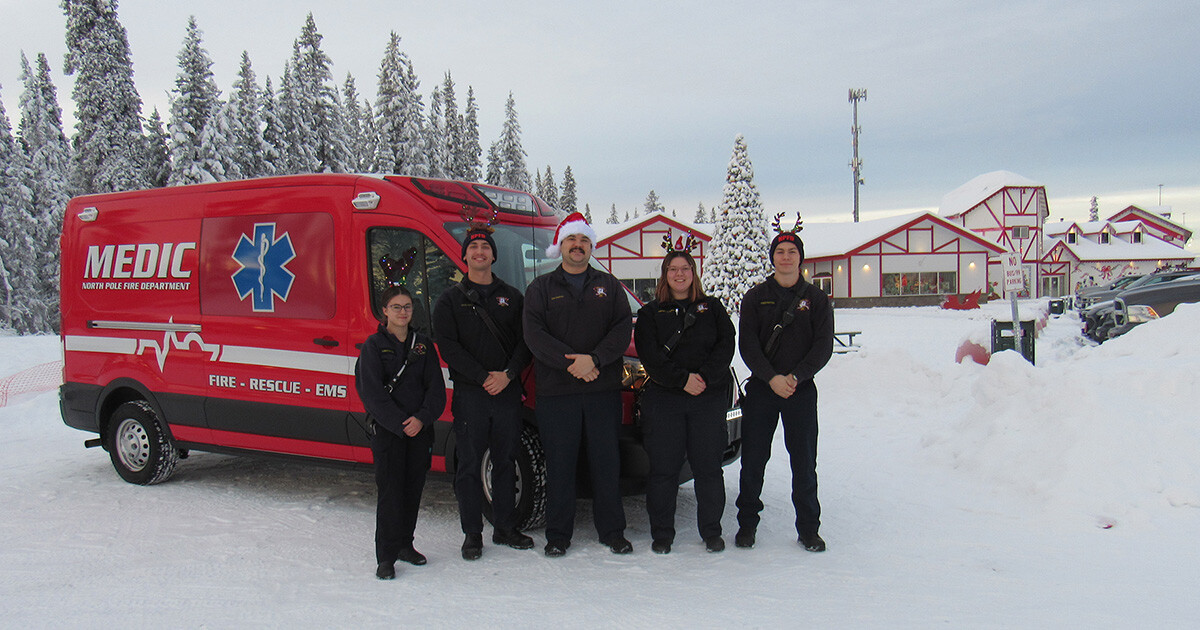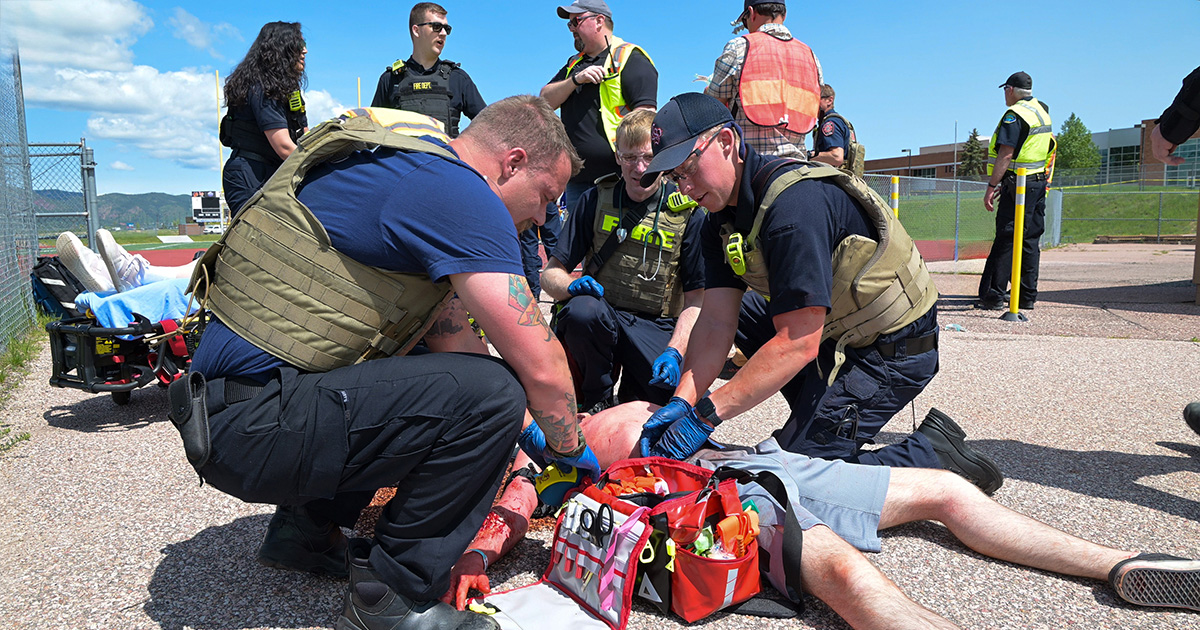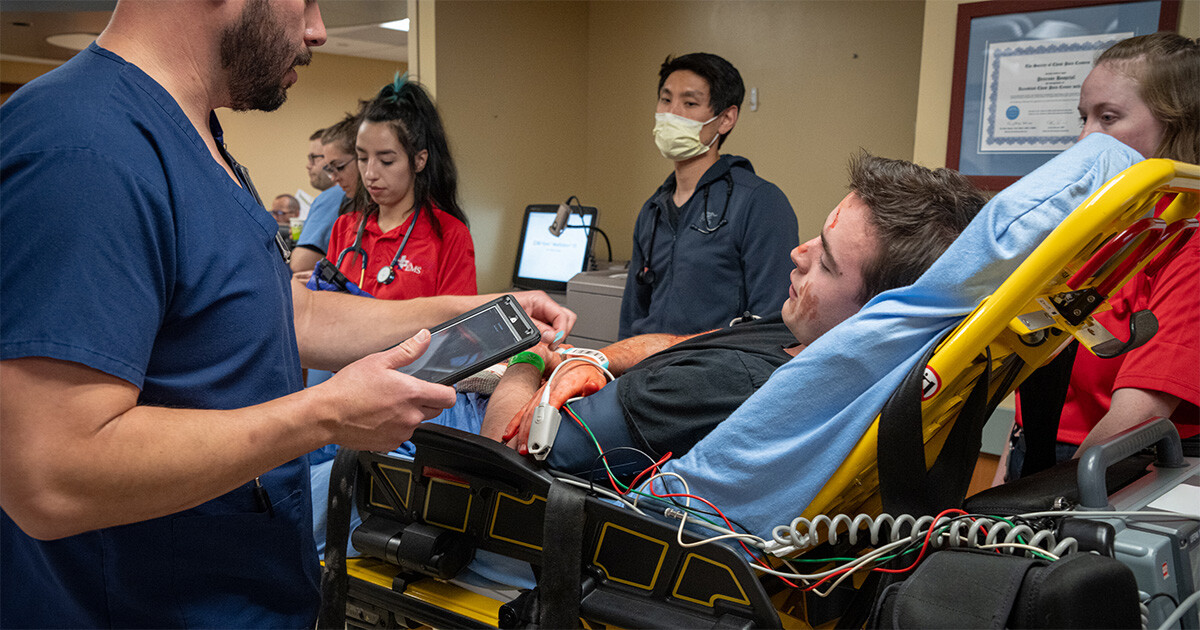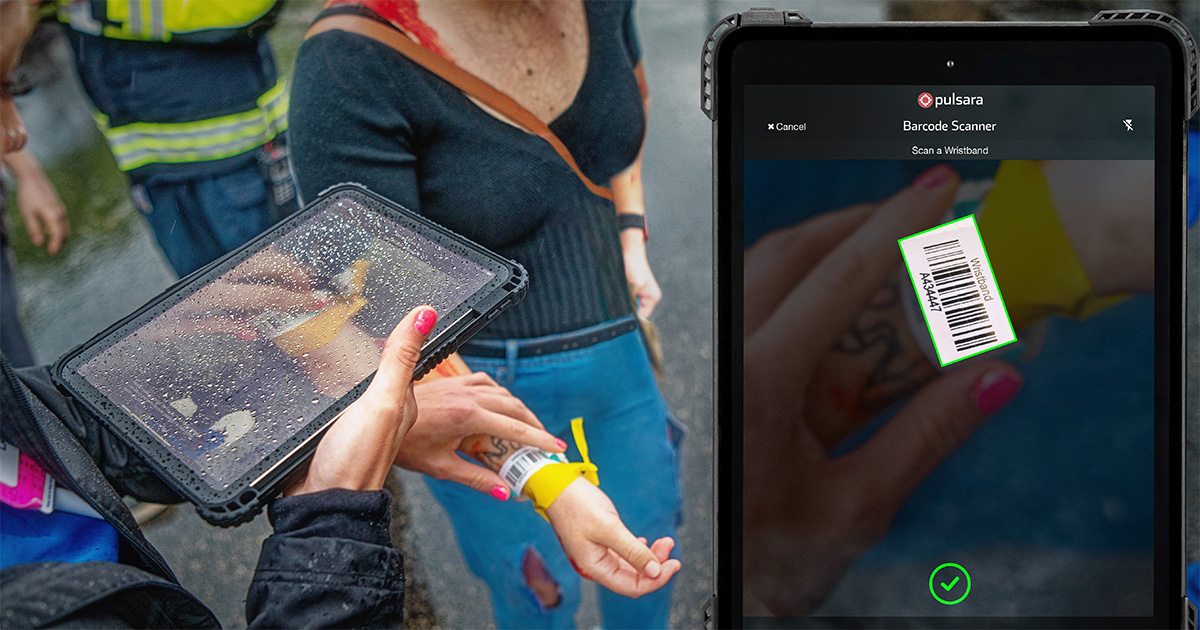
1 min read
New Study Shows Drop in Stroke Treatment Times with Pulsara and Viz.ai
A new study published by the AHA shows the use of AI and communication tools decreases treatment times between 43% and 53% for door-to-CT,...
Read Post
1 min read
A new study published by the AHA shows the use of AI and communication tools decreases treatment times between 43% and 53% for door-to-CT,...
Read Post
2 min read
NORTH POLE, AK — It’s an open secret that there’s a lot of activity going on at the North Pole this time of year. Between checking the list twice, manufacturing toys, and prepping the sleigh and the...

6 min read
Mass casualty incidents are among the most complex challenges faced by healthcare and emergency response systems. The stakes are high, and the processes can be overwhelming—from coordinating care...

2 min read
Within a few months of implementing Pulsara, Baptist Health Medical Center - North Little Rock reduced their average door-in-door-out time for stroke transfers by 42%. Download the Case Study Baptist...

4 min read
Mass casualty incidents present a number of unique challenges. They're unplanned, unpredictable, and come with a number of unknowns. Responders from multiple agencies may be working the same scene,...

3 min read
At Pulsara, our customers are why we do what we do. It's our privilege to help serve the people who serve people, and we're always excited to see what they're up to. Several of our customers have...

7 min read
Imagine: In the midst of a pandemic, you're managing patient load across a state that covers over 261,000 square miles and is home to over 30 million people. Some of your hospitals have beds, but not...